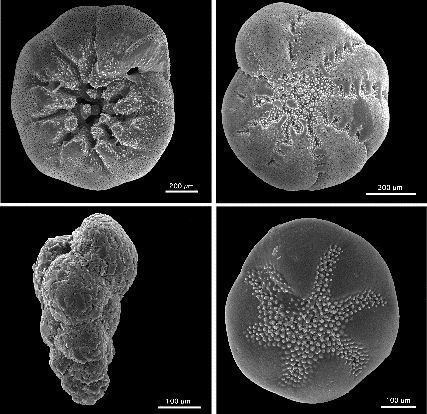 | ||
In geochemistry, paleoclimatology and paleoceanography δ13C (pronounced "delta thirteen c" or "delta carbon thirteen") is an isotopic signature, a measure of the ratio of stable isotopes 13C : 12C, reported in parts per thousand (per mil, ‰).
Contents
In geology, an increase in δ13C in marine fossils is associated with an increase in the abundance of vegetation.
The definition is, in per mil:
where the standard is an established reference material.
δ13C varies in time as a function of productivity, organic carbon burial and vegetation type.
Causes of δ13C variations
Methane has a very light δ13C signature: biogenic methane of −60‰, thermogenic methane −40‰. The release of large amounts of methane clathrate can impact on global δ13C values, as at the Paleocene–Eocene Thermal Maximum.
More commonly, the ratio is affected by variations in primary productivity and organic burial. Organisms preferentially take up light 12C, and have a δ13C signature of about −25‰, depending on their metabolic pathway. Therefore, higher δ13C in marine fossils is indicative of an increase in the abundance of vegetation.
An increase in primary productivity causes a corresponding rise in δ13C values as more 12C is locked up in plants. This signal is also a function of the amount of carbon burial; when organic carbon is buried, more 12C is locked out of the system in sediments than the background ratio.
Geologically significant δ13C excursions
C3 and C4 plants have different signatures, allowing the abundance of C4 grasses to be detected through time in the δ13C record. Whereas C4 plants have a δ13C of −16 to −10‰, C3 plants have a δ13C of −33 to −24‰.
Mass extinctions are often marked by a negative δ13C anomaly thought to represent a decrease in primary productivity and release of plant-based carbon
The evolution of large land plants in the late Devonian led to increased organic carbon burial and consequently a rise in δ13C.
